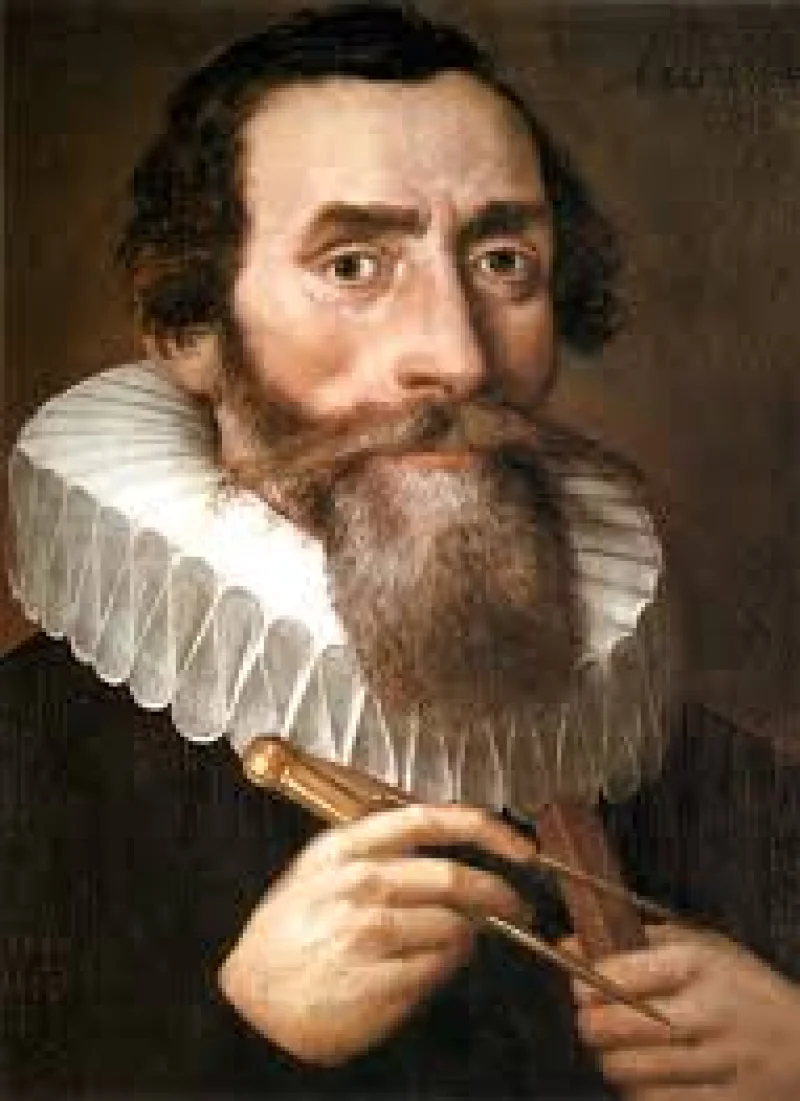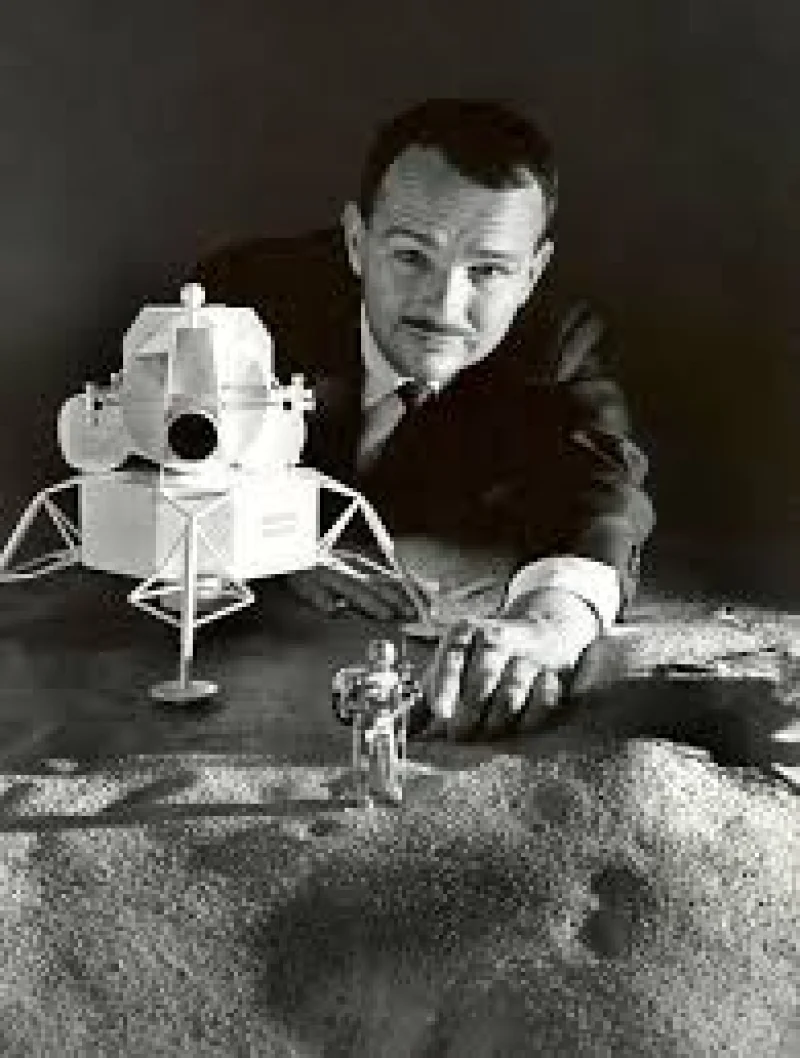Short Summary
Johannes Kepler was a pivotal figure in the scientific revolution of the 17th century, renowned for his laws of planetary motion. His work laid the foundation for Isaac Newton's theory of universal gravitation, significantly advancing the understanding of celestial mechanics. Kepler's innovative contributions to mathematics and astronomy, including the development of optical technology and the introduction of logarithms, have cemented his legacy as one of the most influential astronomers and mathematicians in history.
Early Life & Education
Born on December 27, 1571, in Weil der Stadt, Germany, Johannes Kepler was the son of Heinrich Kepler, a mercenary soldier, and Katharina Guldenmann, an herbalist. His early life was marked by financial difficulties and family instability. Despite these challenges, Kepler demonstrated exceptional intellectual abilities from a young age. He attended the University of Tübingen, where he studied under the renowned mathematician Michael Maestlin, who introduced him to the heliocentric model of the solar system proposed by Copernicus. This education laid the groundwork for his future contributions to astronomy and mathematics.
Career Highlights
Kepler's career began as a mathematics teacher in Graz, Austria, but his true passion lay in astronomy. He later became an assistant to the Danish astronomer Tycho Brahe and was tasked with analyzing Brahe's extensive astronomical data. This collaboration led to the formulation of Kepler's laws of planetary motion. In 1609, he published "Astronomia Nova," which outlined his first two laws, and in 1619, he presented his third law in "Harmonices Mundi." Kepler also made significant advances in optics, improving the design of the telescope and enhancing its observational capabilities.
Major Achievements
- Formulated the Three Laws of Planetary Motion, which described the elliptical orbits of planets, their varying speeds, and the relationship between a planet's orbital period and its distance from the sun.
- Published "Astronomia Nova," where he outlined the first two laws of planetary motion based on meticulous observations.
- Developed the Keplerian Telescope, an improvement over the refracting telescope, enhancing astronomical observations.
- Authored "Harmonices Mundi," which introduced the third law of planetary motion and explored the harmony of the cosmos.
- Contributed to the field of mathematics by introducing the concept of logarithms to simplify complex calculations.
Famous Quotes
- "I much prefer the sharpest criticism of a single intelligent man to the thoughtless approval of the masses."
- "The diversity of the phenomena of nature is so great, and the treasures hidden in the heavens so rich, precisely in order that the human mind shall never be lacking in fresh nourishment."
Interesting Facts
- Kepler's mother was accused of witchcraft, and he dedicated considerable effort to defending her in court.
- He served as the imperial mathematician to Emperor Rudolf II, succeeding Tycho Brahe in this prestigious role.
- Kepler was one of the first to suggest that the tides were caused by the moon's gravitational influence.
- His book "Somnium" is considered one of the earliest works of science fiction, describing a journey to the moon.
- Kepler's work influenced musicians, with his ideas on harmony and planetary motion inspiring compositions.
Legacy / Influence
Kepler's laws of planetary motion revolutionized the study of astronomy and set the stage for future discoveries, including Newton's law of universal gravitation. His contributions to optics and mathematics have had a lasting impact on scientific methodology. Kepler's integration of empirical observation with theoretical modeling laid the groundwork for modern scientific inquiry, influencing generations of scientists and astronomers.
FAQ
Q: Why is Johannes Kepler famous?
A: He is famous for formulating the laws of planetary motion, significantly advancing the understanding of celestial mechanics.
Q: What are Kepler's laws of planetary motion?
A: They describe the elliptical orbits of planets, their varying speeds, and the relationship between a planet's orbital period and its distance from the sun.
Q: How did Kepler improve the telescope?
A: He developed the Keplerian Telescope, which enhanced observational capabilities by improving the design of the refracting telescope.
Q: What was Kepler's role in the scientific revolution?
A: He played a critical role by providing a mathematical foundation for the heliocentric model and influencing later scientists like Isaac Newton.












